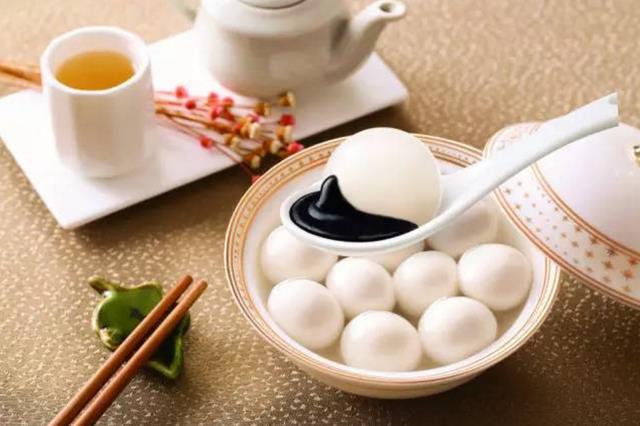Ten Customs of Lantern Festival "Network China Festival Lantern Festival"
As the saying goes, "Lantern Festival is held on the fifteenth day of the first month". As another major traditional folk festival after the Spring Festival, the main theme of the Lantern Festival holiday atmosphere is the word "noisy".
Lantern Festival viewing began in the period of Emperor Han Ming in the East. When Emperor Wen was in the Han Dynasty, the government ordered the 15th day of the first month to be officially designated as the Lantern Festival. The Lantern Festival in the Han Dynasty lasted for one day, which became three days in the Tang Dynasty and five days in the Song Dynasty. In the Ming Dynasty, the lights were lit from the eighth day until the night of the seventeenth day of the first lunar month, for ten days. In the Qing dynasty, the festival was shortened to four or five days.
During the Lantern Festival, festivals and customs all over the country are colorful and numerous. Here are 10 famous ones:
First, walk on stilts
Walking on stilts is a very old folk performance, which appeared as early as the Spring and Autumn Period. On the Lantern Festival, this kind of folk activity of walking on stilts is popular in many places. Stilts are usually made of wood. Make a support point in the planed wooden stick to put your feet, and then tie them to your legs with ropes. Performers can not only walk freely on stilts, but also do various difficult movements such as splitting forks, jumping on benches, dancing yangko, dancing knives and making guns.
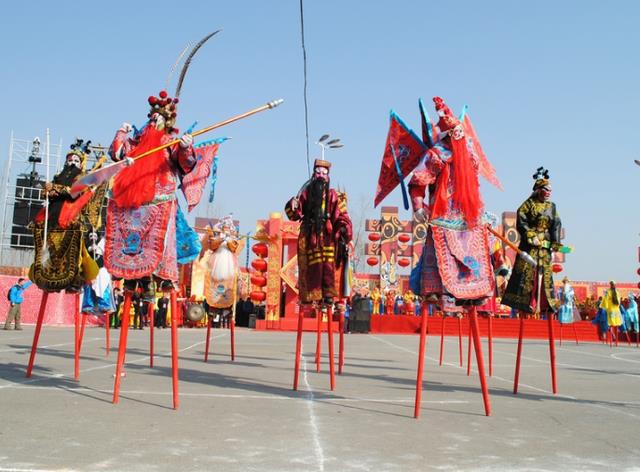
Second, the lion dance
Lion dance is an excellent folk art in China. During the Lantern Festival or other assembly ceremonies, the folk will entertain by dancing lions. This custom originated in the Three Kingdoms period and was popular in the Northern and Southern Dynasties. It has a history of more than 1000 years.
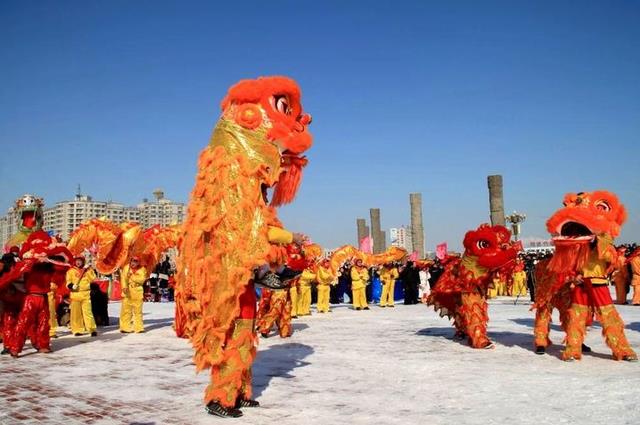
Third, the flower viewing lamp
The custom of viewing lanterns on the Lantern Festival originated from the period of Emperor Han Ming. During the Yongping period, Emperor Hanming strongly advocated Buddhism and ordered "burning lamps for Buddha" in palaces and temples on the fifteenth night of the first month. Later, the custom of putting lights on Lantern Festival spread to the people in the court. Every time during the Lantern Festival, no matter the gentry or civilians, every household will hang lanterns and the streets will be brightly lit.
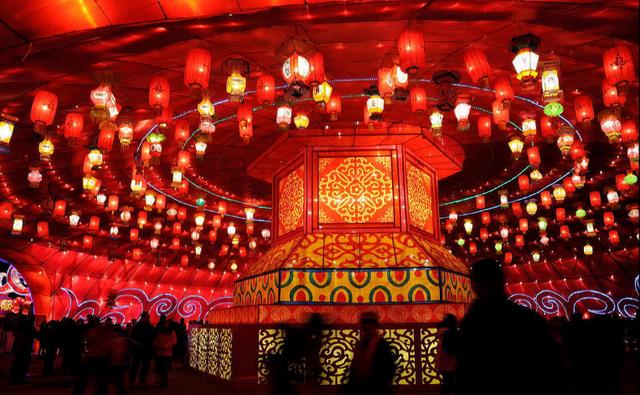
Fourth, playing dragon lanterns
Playing dragon lanterns, also known as "dragon dancing", has a history of more than two thousand years. Playing with dragon lanterns originated from people’s worship of dragons. In ancient times, people prayed for the blessing of dragons by dancing dragons, in order to have good weather and abundant crops in the coming year. The custom of dragon dancing has also been carried forward by overseas Chinese. Whenever China people have traditional festivals or major celebrations, they will dance lions and play dragon lanterns, showing a strong oriental atmosphere.
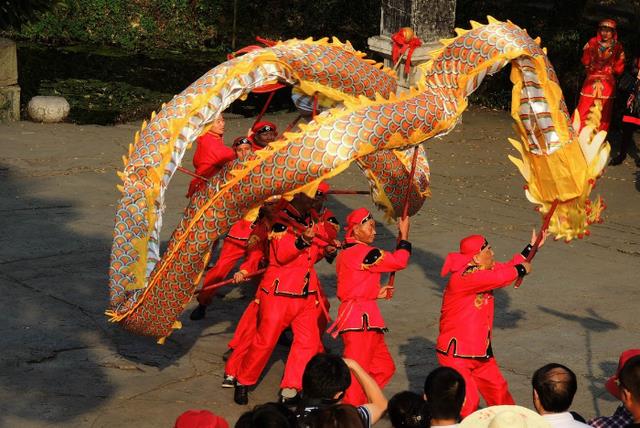
Five, yangko dance
In the Lantern Festival, simple northerners like to celebrate by dancing yangko. The style of yangko varies from place to place, including northern Shaanxi yangko, northeastern yangko, Hebei yangko, Shandong yangko and so on. Among them, the Northeast Yangko has the widest spread and the highest artistic level.
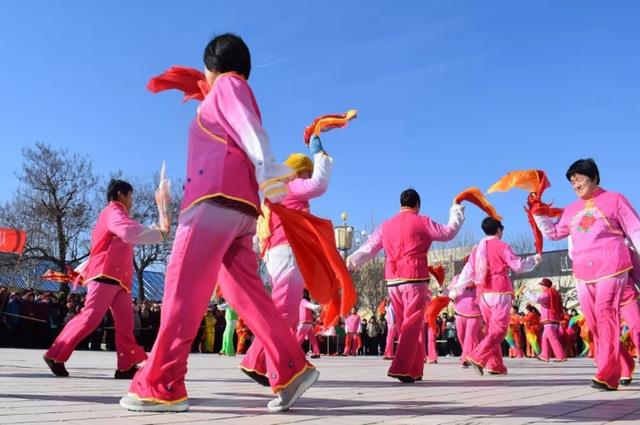
Sixth, solve riddles on the lanterns
"solve riddles on the lanterns", also called "playing riddles", is an activity added after the Lantern Festival. Lantern Festival is decorated with lanterns and colorful decorations, and solve riddles on the lanterns adds a lot of elegance to the festive day. Some people write riddles on paper, stick them on colorful lanterns for people to guess, and hang riddles with lights, so they are called "riddles".
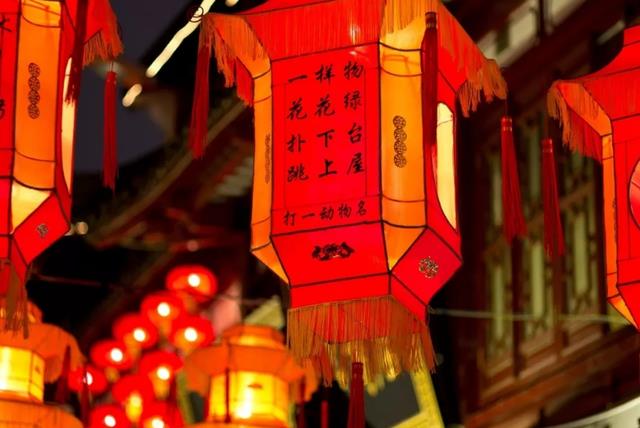
Seven, rowing a dry boat
According to folklore, rowing a dry boat is to commemorate Dayu’s flood control. Rowing a dry boat is also called running a dry boat, which is to imitate the action of boating on land. The performers are usually girls, putting fake boats on their bodies and rowing, singing some local tunes and dancing while running. This is rowing a dry boat.
Eight, Ying Zigu
Zigu is a poor and kind girl in folklore. It is said that she is a concubine of a large family. Because the housewife was jealous, she was killed in the toilet on the fifteenth day of the first month. People sympathize with her and miss her, and in some places, the custom of "welcoming Zigu on the fifteenth day of the first month" appeared conveniently.
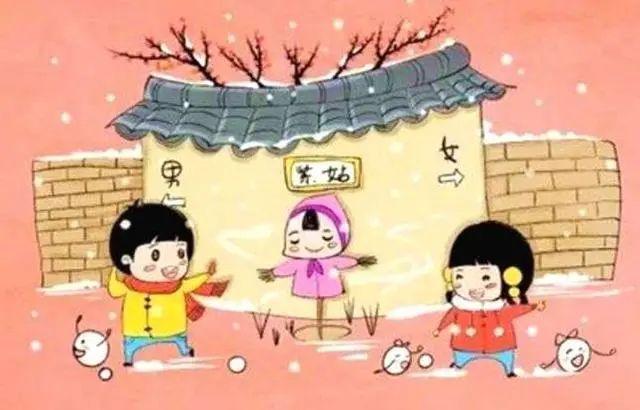
Nine, walking away from all diseases
In addition to celebrations, there are also some religious activities in the Lantern Festival, that is, "walking away from all diseases", also known as "dispersing all diseases", "baking all diseases" and "eliminating all diseases". The participants are mainly women, who walk together, or cross the bridge, or walk by the wall, or walk in the suburbs, with the aim of driving away diseases and disasters.
Ten, eat Yuanxiao
"Yuanxiao" is the name of northerners, while southerners call it "Tangyuan" and "Tangtuan". According to our traditional folk custom, every family eats glutinous rice balls on the 15th day of the first month every year. Because these names are similar to the pronunciation of "reunion", they go to the meaning of reunion, and hope that the whole family will be round and round, harmonious and happy on the night of the full moon in May.
